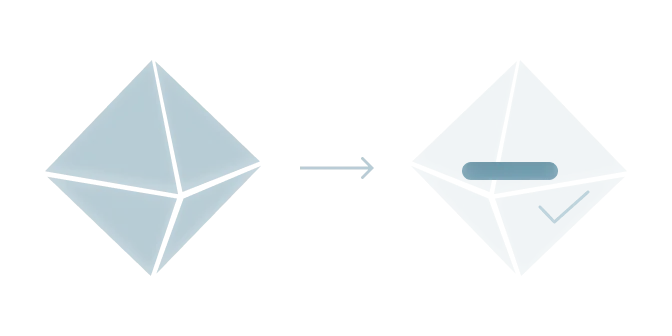Products & Services
Over the past 20 years, we have served over 1000 institutions and received over 4,000 published citations for our work.
Why Use AAV or Adenovirus
AAV and adenoviruses are powerful gene delivery tools and are similar in that both integrate into the host cell episomally.
AAV
Adenovirus
Gene Expression
Long-term, stable expression
Rapid, transient expression
Immunogenicity
Low
High
Payload Capacity
~4.7kb
~8kb-38kb (much larger)
Tropism (Targeting Ability)
High - tailored with different capsids
Broad targeting across many tissues
Best used for
In-vivo studies, long-term expression
In-vitro & in-vivo, cancer & vaccine research
Feature |
AAV |
Adenovirus |
|---|---|---|
Gene Expression
| ||
Immunogenicity
| ||
Payload Capacity
| ||
Tropism (Targeting ability)
| ||
Best used for |
In-vivo studies, long-term expression | In-vitro & in-vivo, cancer & vaccine research |
AAV Custom Production
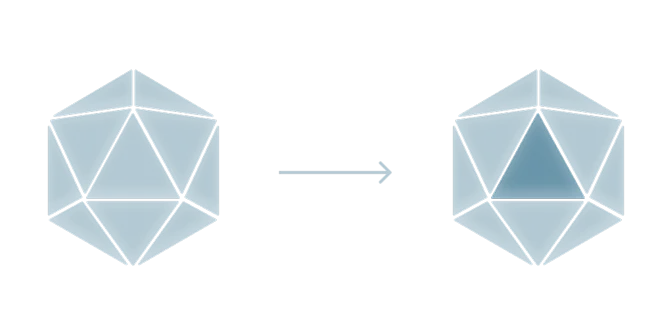
Create tailored solutions with our AAV custom production services, offering flexibility and precision for your projects.

AAV Control Products

Achieve consistent results with our expertly validated AAV control products for rigorous experimental standards.
Visit PageAAV Product Catalog

Browse our extensive AAV product catalog, featuring a wide range of vectors designed for diverse research goals.
Visit PageAdenovirusConstruction

Adenovirus control products ensure accuracy and reliability in gene delivery and molecular studies.
Visit PageAdenovirus Amplification
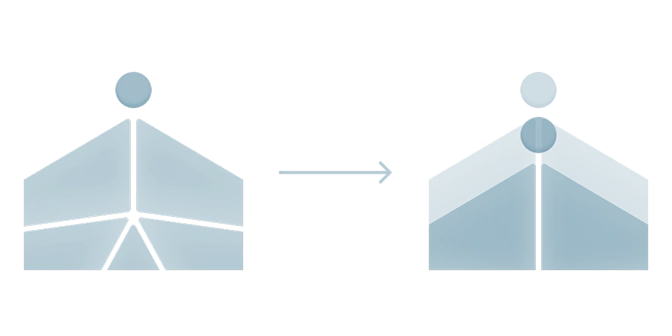
Adenovirus control products ensure accuracy and reliability in gene delivery and molecular studies.
Visit PageAdenovirus Control Products
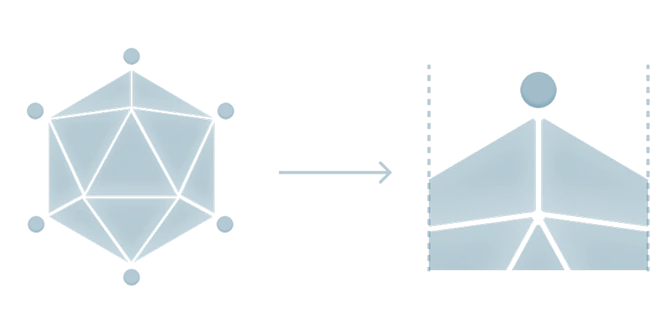
Adenovirus control products ensure accuracy and reliability in gene delivery and molecular studies.
Visit PageAdenovirus Products Catalog
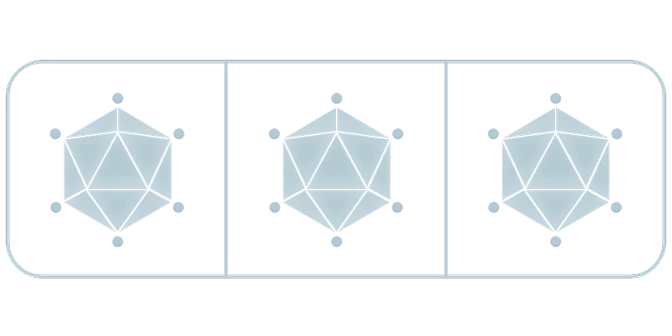
Adenovirus control products ensure accuracy and reliability in gene delivery and molecular studies.
Visit PageProduct Differentiation
AAV

What is Adeno-Associated Virus (AAV)?
Adeno-Associated Virus (AAV) is a safe, non-pathogenic virus used for gene delivery in research and therapy.
It effectively targets diverse tissues, providing long-term gene expression with minimal risk of genetic mutations.
Adenovirus

What is Adenovirus?
Adenovirus is a robust viral vector capable of delivering large genes, ideal for various research and therapy uses. It infects a wide range of cell types and provides high short-term gene expression.
AAV
Adenovirus
Tropism
Dividing and Non-Dividing Cells
Dividing and Non-Dividing Cells
Genome Integration
No
No
Packaging Capacity
~4.5 kb
~8.5 kb
Protein Expression
Low
High
Gene Expression
Potentially Long Lasting
Transient
Target Cell’s Immune Response
Low
Low
Onset of Expression
2-7 Days (in vitro)
3-21 Days (in vivo)
3-21 Days (in vivo)
16-24 Hours
Biosafety Level
BSL-1
BSL-2
Characteristic |
AAV |
Adenovirus |
|---|---|---|
Tropism |
Dividing and Non-Dividing Cells | Dividing and Non-Dividing Cells |
Genome Integration |
No | No |
Packaging Capacity |
~4.5 kb | ~8.5 kb |
Protein Expression |
Low | High |
Gene Expression |
Potentially Long Lasting | Transient |
Target Cell’s Immune Response |
Low | High |
Onset of Expression |
2-7 Days (in vitro), 3-21 Days (in vivo) | 16-24 Hours |
Biosafety Level |
BSL-1 | BSL-2 |
AAV
Efficiently delivers therapeutic genes for long-term treatment of genetic disorders.
Used to deliver CRISPR-Cas9 or similar tools for precise genetic corrections.
Engineered for specific tissue or organ targeting in research and therapy.
Provides stable, long-lasting gene expression for studying chronic conditions.
Adenovirus
Widely used as vectors in vaccine platforms for infectious diseases like COVID-19.
Ideal for short-term expression in in vitro and in vivo studies.
Delivers genes for oncolytic therapy or tumor suppression studies.
Serves as a tool for modulating immune responses in research.

